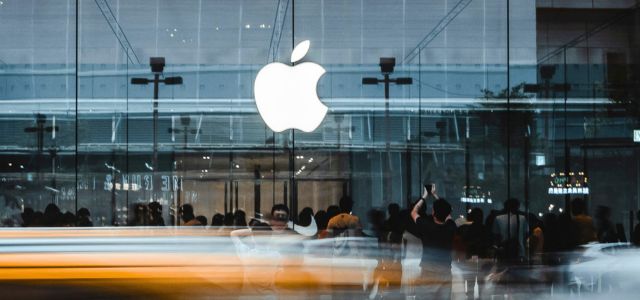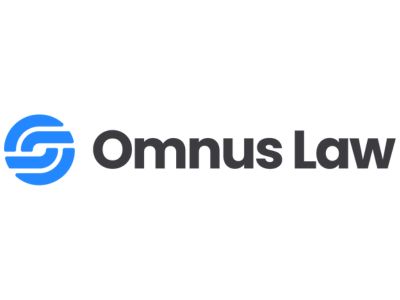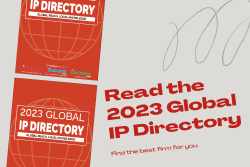The Federal Circuit’s June 16, 2025, decision in Optis Cellular Technology, LLC v. Apple Inc., 2025 US App. LEXIS 14745 shines a renewed spotlight on a recurring challenge in patent law: functional claiming. Specifically, it reaffirms the court’s willingness to apply 35 U.S.C. § 112, ¶ 6 (now § 112(f)) to claim terms that don’t explicitly include the word “means.” For patent drafters, litigators, and examiners alike, the ruling is a reminder that form doesn’t trump substance when identifying functional claim language.
The case is a key example of how courts scrutinize claim language that appears structural on its face but operates functionally. It’s also a cautionary tale for applicants who seek to balance broad claim scope with limited disclosure—an equilibrium that, if misjudged, can expose patents to invalidity or significantly narrower constructions.
The issue in Optis v. Apple was a patent related to wireless communication systems. The relevant claim term was “selecting unit,” which the district court declined to treat under § 112, ¶ 6, finding it sufficiently structural.
On appeal, however, the Federal Circuit disagreed. Applying the now-familiar two-step test from Williamson v. Citrix Online, the court found that “selecting unit” was a nonce term—one that simply describes a function (selecting) without imparting any concrete structural meaning. While the district court believed the term suggested a known class of hardware or circuitry, the appellate court concluded that the intrinsic record lacked sufficient evidence to support that view.
Crucially, because the term was deemed functional, the Federal Circuit remanded it to the trial court to determine whether the specification disclosed sufficient corresponding structure. This issue is still live, but the decision opens the door to the claim being found indefinite under § 112, ¶ 2, and thereby invalidated.
This decision reinforces several doctrinal trends that patent professionals must navigate:
- First, § 112, ¶ 6 can apply even without “means for.” The use of “unit,” “module,” or similar generic terms invites judicial inquiry into whether the claim truly recites structure or merely describes a function.
- Second, when § 112, ¶ 6 applies, the specification must disclose the corresponding structure to support the claimed function. If it doesn’t, the claim risks being indefinite.
- Third, the court’s willingness to look beyond the label of a claim term and focus on its functional nature should encourage practitioners to scrutinize their own language choices with similar care.
The implications are significant: broad, functional claims may survive prosecution but be struck down later in litigation. And in a post-Williamson landscape, patentees can’t assume that avoiding the word “means” inoculates them from § 112(f) scrutiny.
There’s no legal prohibition on using functional claim language—§ 112, ¶ 6 expressly permits it. Done well, it can result in a broad but supported claim scope that captures a wide range of embodiments. But Optis is a reminder that doing it well means doing it carefully.
For drafters
- Avoid relying on vague terms like “unit” or “module” unless you’re prepared to back them with clear structural examples in the spec.
- Even if some structure is recited, avoid purely functional limitations to the structure without reciting the specific structure for performing that function in the spec.
- Consider whether alternative language—e.g., “selector circuit,” “digital multiplexer,” or “software routine”—might signal structure more clearly.
- When in doubt, include explicit structural embodiments for each functional element.
For litigators
- Be prepared to argue whether a claim term invokes § 112(f), even without “means.”
- Early claim construction proceedings may be pivotal in determining whether a term survives scrutiny or not.
Ultimately, Optis v. Apple underscores a recurring truth in patent law: precision in language is power. Whether you’re trying to preserve broad protection or poke holes in an asserted claim, understanding how courts interpret functional terms remains essential.

Written by Peter J. Beardsley
Partner, Omnus Law
You may also like…
Pravin Anand conferred with the APAA Enduring Impact Award
Pre-eminent IP Lawyer and Managing Partner of Anand and Anand, Mr Pravin Anand, has been conferred with the...
The quiet power of confidentiality clubs in SEP litigation
In standard essential patent (SEP) disputes, especially those involving FRAND (Fair, Reasonable, and...
A $10 million patent win reduced to a $1 lesson in damages
In a decision that will resonate as a stark warning to patent litigants, the US Court of Appeals for the Federal...
Contact us to write for out Newsletter














